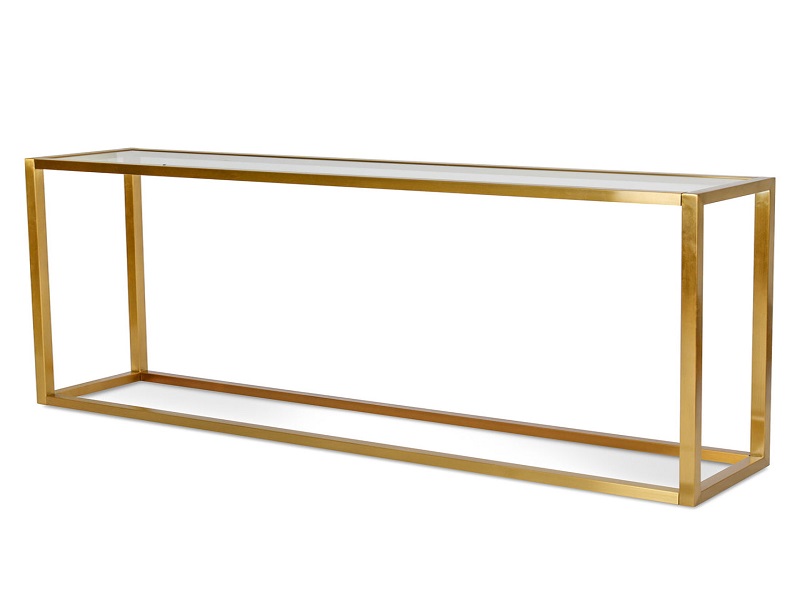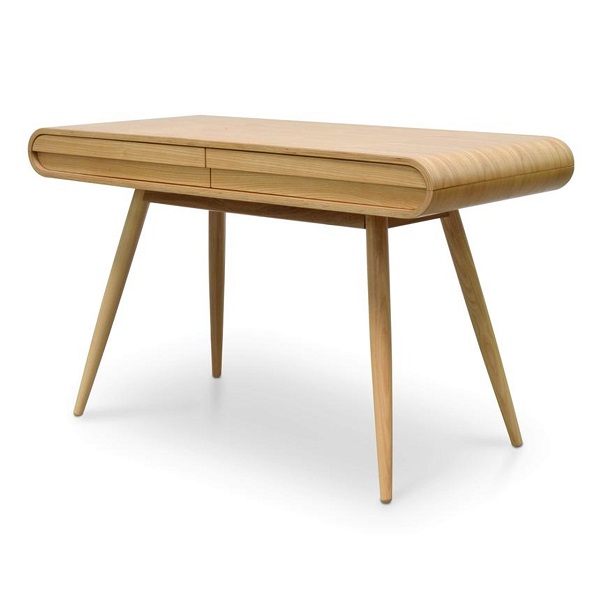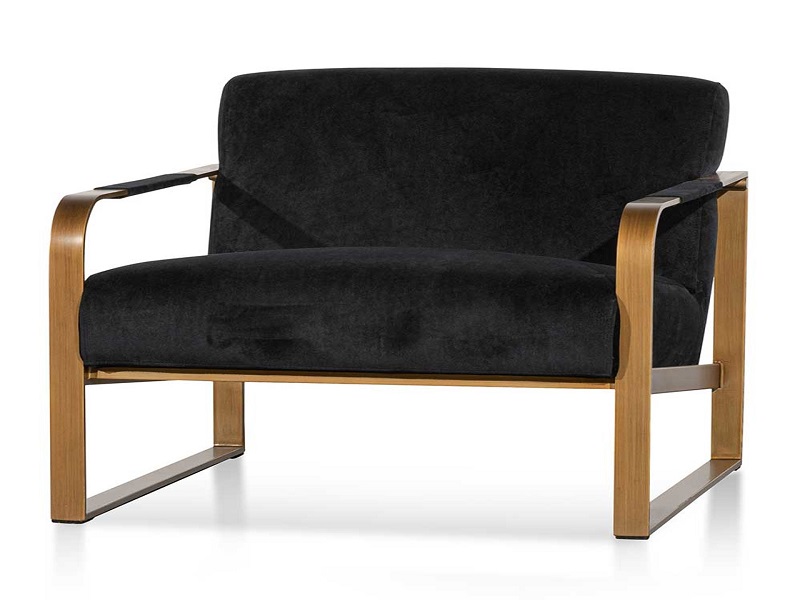The Art of Feng Shui: Designing Your Home for Harmony and Balance
Posted by The Urban Hyve Team on 31st Jul 2024
Feng Shui, an ancient Chinese practice, is more than just a design philosophy. It's a way of creating harmony and balance in your living space to promote health, happiness, and prosperity. By arranging furniture, incorporating elements of nature, and paying attention to the flow of energy (or "chi"), you can transform your home into a sanctuary that nurtures your well-being and enhances your quality of life. In this article, we'll explore the art of Feng Shui and how you can use its principles to design a home that radiates harmony and balance.
Understanding Feng Shui
At its core, Feng Shui is about creating a harmonious relationship between people and their environment. It is based on the belief that the arrangement of objects and the flow of energy in a space can affect a person's health, wealth, and overall well-being. By following Feng Shui principles, you can create a home that feels balanced, energised, and aligned with your intentions and desires.
Steel Base Glass Console Table
Key Principles of Feng Shui
1. Qi Flow
Qi, or "life force energy," flows through your home like a gentle breeze. To ensure optimal Qi flow, arrange furniture and objects in a way that allows energy to move freely throughout your space. Avoid blocking doorways, windows, and pathways, and keep clutter to a minimum to prevent stagnant energy from accumulating.
2. Five Elements
Feng Shui is based on the concept of five elements – wood, fire, earth, metal, and water. Each of these represents different aspects of life and energy. By incorporating these elements into your home decor, you can create a balanced and harmonious environment that supports your well-being. For example, wood represents growth and vitality, while water symbolises abundance and prosperity.
3. Bagua Map
The Bagua Map is a Feng Shui tool used to assess the energy of a space and identify areas of your home that correspond to different areas of your life, such as wealth, health, relationships, and career. By aligning the Bagua Map with your floor plan, you can enhance specific areas of your life by making adjustments to your home environment.
4. Yin and Yang
Yin and Yang are complementary forces that represent the balance of opposites, such as light and dark, masculine and feminine, and active and passive. In Feng Shui, achieving balance between Yin and Yang is essential for creating harmony and equilibrium in your home. Balance soft, curved lines (Yin) with sharp, angular shapes (Yang). In addition, incorporate a mix of light and dark colours to create a harmonious and balanced environment.
Applying Feng Shui Principles to Your Home
Now that we've covered the key principles of Feng Shui let's explore how you can apply these principles to design a home that promotes harmony and balance:
1. Declutter and Organise
Start by decluttering your home and creating a sense of spaciousness and clarity. Remove any unnecessary items and organise your belongings in a way that allows energy to flow freely throughout your space. Keep surfaces clear and tidy to prevent stagnant energy from accumulating.
2. Balance Elements
Incorporate all five elements of Feng Shui – wood, fire, earth, metal, and water – into your home decor to create balance and harmony. For example, you can introduce wood elements with wooden furniture, fire elements with candles or a fireplace, earth elements with potted plants or ceramics, metal elements with metallic accents or artwork, and water elements with a fountain or a bowl of water.
Fluid Natural Narrow Wood Console Table
3. Enhance Natural Light
Maximise natural light in your home to promote positive energy and vitality. Open curtains and blinds during the day to let sunlight in, and position mirrors strategically to reflect light and expand the sense of space. Consider adding skylights or installing larger windows to bring more natural light into darker areas of your home.
4. Create a Soothing Colour Palette
Choose colours that evoke a sense of calm and tranquility to create a harmonious and balanced environment. Soft, neutral tones such as beige, ivory, and taupe are ideal for creating a peaceful atmosphere. On the other had, accents of green, blue, and lavender can promote relaxation and serenity.
5. Arrange Furniture Mindfully
Arrange furniture in a way that promotes the flow of energy and also facilitates conversation and connection. Position sofas and chairs in a circular or semi-circular arrangement to create a sense of openness and inclusivity, and also avoid placing furniture with sharp corners or edges in high-traffic areas to prevent negative energy from accumulating.
Banyo Black Velvet Armchair - Antique Golden Frame
6. Incorporate Nature
Bring the outdoors in by incorporating elements of nature into your home decor. Display fresh flowers, potted plants, or indoor trees to purify the air and infuse your space with vitality and life. Choose plants with rounded leaves and soft, flowing shapes to create a sense of harmony and balance.
Conclusion
Designing your home with Feng Shui principles in mind is a powerful way to create a space that supports your well-being and enhances your quality of life. By arranging furniture, incorporating elements of nature, and paying attention to the flow of energy, you can create a harmonious and balanced environment that nurtures your body, mind, and spirit. Whether you're looking to attract abundance, improve relationships, or cultivate inner peace, Feng Shui offers a holistic approach to design that can help you create a home that feels like a sanctuary of harmony and balance.













